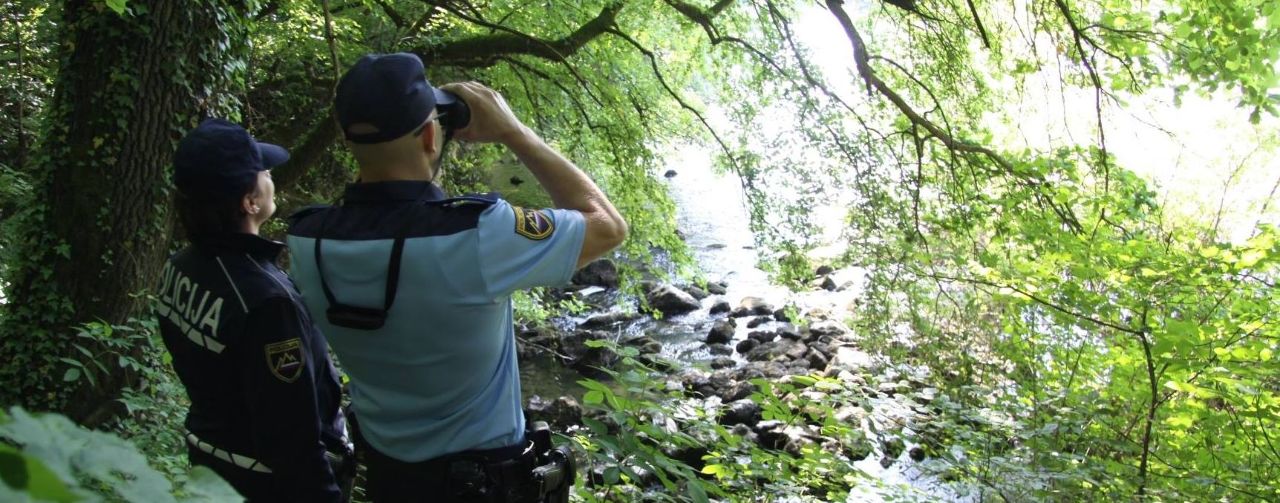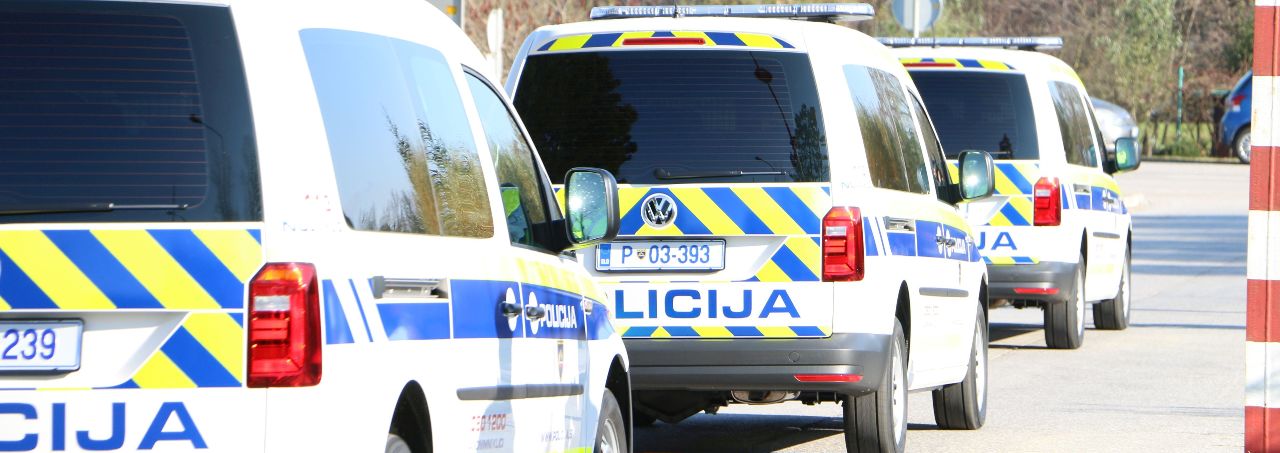Accredited methods ensure the technical validity of the result and the impartiality and competence of the staff. The exact scope of the accredited activity of the laboratory can be seen in the appendix to the accreditation document.
Dactyloscopy Section
- Fingerprint development with DFO process
- Fingerprint development with Ninhydrin process
- Fingerprint development with Cyanoacrylate process
- Comparison of fingerprints
Document Examination Section NAC/CNAC
- Handwriting examination guideline
- Signature examination guideline
- Examination of questioned documents based on the following techniques and parameters:
- Non-destructive examinations of paper (verifying the visual properties of paper in visible light and with different light sources (UV, IR absorption and reflection, IR luminiscence, oblique light, transmitted light), verifying the security features of security paper, verifying the printed lines, verifying the physical properties (lacerations, signs of bending or traces of tools - cutting, gutting, perforating, etc.), comparison of these characteristics.
- NIR absorption and reflection examination of documents (comparison of ink and color characteristics, detection of added elements, examination of traces of mechanical or chemical erasures, overview of security elements).
- Examination of typewritten entries (determining whether the document is typewritten and the determination of the basic characteristics of typewriters (mechanical, electrical), verifying the unity of the document, determining the individual characteristics of the typewritten document, reading the contents from the tape).
- Examinations of intersecting lines (line crossings of liquid inks that are poorly absorbed in non-absorbent paper (e. g., a chemical pen with toner or a record o an electric typewriter)).
- Examinations of latent impressions (in oblique light and with electrostatic detection).
- Examination of stamps and stamp impressions (determining whether the impression is stamped with stamp, comparison of the general and individual characteristics of the impressions, determining the characteristics of the stamp).
- Recognition of printing techniques (visual inspection, microscopic examination, examination with different illuminations).
- Application of luminiscence to the examination of documents (with UV and visible light (NIR luminiscence) for comparison of the characteristics of paper, security colors and inks, stamp impressions, erased and faded elements of the document).
- Examination of alterations (searching for changed, added, overlapeped and erased parts of document, and retrieving the original entry).
- Examination of magnetic properties (determination of the presence of security elements, verifying uniformity of toner in prints of laser printers with visualization).
- Examination of inkjet printed documents (comparison of printed documents based on traces made by printerr mechanical features or dirt, color of inks, print directions and errors.
Chemical Examination Section
- Preliminary test on cocaine with cobalt thiocyanate
- Preliminary test on alkaloids with Bertrand's reagent
- Preliminary test on opiates and phenethylamines with Marquis reagent
- Preliminary test on tryptamines with Ehrlich's reagent
- Preliminary test on illicit drugs
- Identification of cannabis plant and its products by the GC-MS
- Quantification of heroin by GS-MS - method by isotopically labelled heroin as internal standard
- Identification of general unknown drugs, its byproducts and admixes by GC-MS
- Analysis of fire debris samples and vapour from mignitable substances using the SPME – GC-MS
- Analysis of flammable liqiuids by GC-MS method
- Inspection, description, weighting and sampling of illicit drug samples
Biological Examination Section
- Analysis of STRs and amelogenin gene for human identity testing
- Sample preparations:
- pretratment and cleaning of bones and teeth
- grinding of bones and teeth
- dissection of cells with laser microdissection
- PCR reaction setups, dilution, normalization with benchtop instrument Qiagility
- PCR reaction setups, dilution, normalization with automated workstation Janus
- DNA isolation:
- DNA isolation using Chelex method
- Isolation using organic method
- DNA isolation using QIAamp DNA Investigator Kit
- DNA isolation from bones and teeth
- automated isolation of DNA using EZ1®ADVANCED XL instrument
- Real-time PCR:
- quantification of DNA using Quantifiler® Trio DNA by ABI 7500 Real -_time PCR System
- DNA amplification (PCR):
- DNA amplification using AmpFISTR® NGMTM kit
- DNA amplification using AmpFISTR® NGMTM SElect Express ki
- Capillary electrophoresis:
- Separation and detection of DNA fragments using genetic analyzer ABI 3500
- DNA analysis:
- Analysis of results of amplified DNA fragments using GeneMapper ID-X software
- Identification of biological fluids and stains by following techniques and parameters
- chemical test for identification of blood based on haemoglobin;
- immunochromatographic test for identification of human blood based on antibodies against Hb;
- chemical test for identification of semen based on an acid phospotase;
- immunochromatographic test for identification of human semen based on antibodies;
- enzymatic test of saliva based on alpha amylase;
- immunochromatographic test for RSID saliva.
Physical Examination Section
- GSR analysis by SEM-EDX
- Comparison of footwear marks
- Examination of textile fibres
- Preliminary examination by following techniques and parameters
- Elimination of recovered textile fibres (according to the knowm sample) by means of the most obvious morphological characteristics (colour, spatial configuration) that can be seen using lo power microscopy;
- Comparison examination by following techniques and parameters:
- Determination of morphological equality of recovered and known fibre sample using comparison microscopy;
- UV-VIS microscopic spectrophotometry by following techniques and parameters:
- Detection of transmittance (%T) or absorbance (AU) values in dependence of wavelength in defined range between 240 nm and 760 nm. Result of the measurement is UV-VIS spectra.
- Balistične preiskave izstrelkov
















